Home>Storage & Organization>Decluttering Tips & Tricks>How To Organize Paperwork Clutter
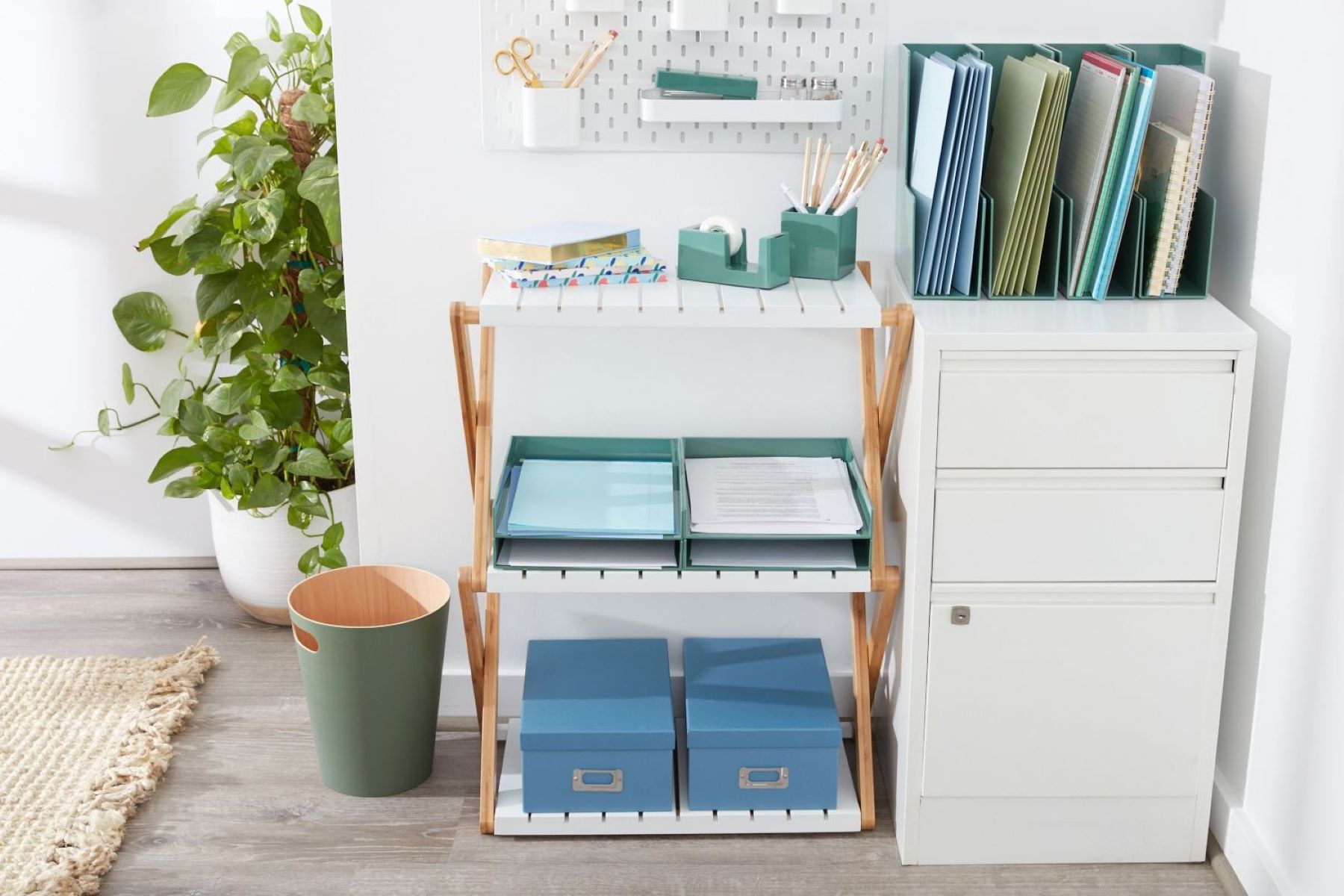

Decluttering Tips & Tricks
How To Organize Paperwork Clutter
Published: March 2, 2024
Learn effective decluttering tips and tricks to organize paperwork clutter. Simplify your life and create a more organized and efficient space.
(Many of the links in this article redirect to a specific reviewed product. Your purchase of these products through affiliate links helps to generate commission for Storables.com, at no extra cost. Learn more)
Introduction
Are you tired of drowning in a sea of paperwork clutter? Organizing your paperwork may seem like a daunting task, but with the right strategies, you can regain control and create a system that works for you. In this article, we will explore practical tips and techniques to help you declutter and organize your paperwork effectively. Whether it's bills, receipts, important documents, or mail, we've got you covered with expert advice to streamline your paperwork management. Let's dive in and tackle that paperwork clutter once and for all!
Key Takeaways:
- Takeaway 1: Assess and categorize your paperwork to understand what you have and prioritize what needs attention. This sets the stage for creating an effective filing system and organization strategy.
- Takeaway 2: Implement a centralized inbox, daily sorting routine, and digital document capture to effectively manage incoming paperwork and prevent new clutter from building up.
Read more: How To Organize Paperwork For Small Business
Assessing Your Paperwork
Before diving into the organization process, it's crucial to assess the current state of your paperwork. Start by gathering all your documents, bills, receipts, and mail in one central location. Sort through the pile and separate them into categories such as financial documents, personal records, household paperwork, and miscellaneous items. This initial step will give you a clear picture of the types of paperwork you have and help you identify the areas that need the most attention.
Once you have categorized your paperwork, take a closer look at each category. Identify which documents are essential and which ones you can discard. For instance, financial documents such as tax returns, bank statements, and investment records should be kept, while outdated receipts and expired warranties can be disposed of. Assessing your paperwork in this manner will enable you to prioritize and determine the level of organization required for each category.
After assessing your paperwork, you may also want to consider the frequency of use for each type of document. This will help you determine the accessibility and storage needs for different categories. For instance, frequently accessed documents such as utility bills and insurance policies may require a more accessible filing system compared to less frequently used items like old receipts or archives.
By thoroughly assessing your paperwork, you can gain a better understanding of the volume, categories, and accessibility requirements, setting the stage for creating an effective filing system and organization strategy.
Creating a Filing System
-
Gather Essential Supplies: Before diving into the actual filing process, gather essential supplies such as file folders, labels, a filing cabinet or storage boxes, and a shredder for disposing of unnecessary documents.
-
Choose a Filing Method: Decide on a filing method that works best for you. Whether it's alphabetical, categorical, or chronological, choose a system that aligns with your preferences and makes it easy for you to locate documents when needed.
-
Labeling and Categorizing: Use clear and descriptive labels for your file folders. Categorize your paperwork into broad sections such as financial, personal, household, and medical, and then further subdivide them into specific subcategories. For example, within the financial section, you can have subcategories like taxes, banking, investments, and insurance.
-
Color Coding: Consider using color-coded labels or folders to visually differentiate between various categories or subcategories. This can make it easier to locate specific types of documents at a glance.
-
File Placement: Arrange your files in a logical order within the filing system. For instance, place frequently accessed files at the front for easy retrieval, while less frequently used documents can be placed towards the back or in separate archive boxes.
-
Digital Filing: If you opt for a digital filing system, create a clear folder structure on your computer or cloud storage. Use consistent naming conventions for digital files to ensure easy searching and retrieval.
-
Maintenance: Regularly review and update your filing system. Purge outdated documents, reorganize categories if needed, and ensure that new documents are promptly filed in the appropriate location.
By creating a well-organized filing system, you can streamline the process of storing and retrieving paperwork, ultimately reducing clutter and saving time when you need to locate important documents.
Invest in a filing system with labeled folders to sort and store important documents. Set aside time each week to go through and organize your paperwork to prevent clutter from building up.
Digital Organization
In today's digital age, managing paperwork extends beyond physical files to include digital documents and records. Digital organization offers a convenient and space-saving solution for managing paperwork clutter. Here's how to effectively organize your digital documents:
-
Digital Storage Platforms: Utilize cloud storage platforms such as Google Drive, Dropbox, or Microsoft OneDrive to store and organize your digital documents. These platforms offer secure storage, accessibility from any device, and the ability to create folder structures to categorize your files.
-
Folder Structure: Create a clear and intuitive folder structure within your chosen digital storage platform. Organize your digital documents into categories and subcategories, mirroring the organization of your physical filing system for consistency.
-
File Naming: Adopt a consistent and descriptive file naming convention for your digital documents. Include relevant details such as document type, date, and a brief description to facilitate easy searching and identification.
-
Document Scanning: For paper documents that you want to digitize, consider using a scanner or mobile scanning app to convert them into digital files. This allows you to maintain a digital copy while reducing the need for physical storage space.
-
Backup and Security: Implement regular backups of your digital documents to prevent data loss. Additionally, ensure that your digital storage platform provides robust security measures to safeguard your sensitive information.
-
Digital Filing Software: Explore the use of digital filing software designed specifically for document management. These tools often offer features such as optical character recognition (OCR) for searching within documents, tagging, and metadata management for efficient organization.
-
Integration with Physical Filing: If you maintain both physical and digital documents, consider integrating your digital organization with your physical filing system. This ensures a seamless transition between physical and digital records when needed.
By embracing digital organization, you can streamline your paperwork management, reduce physical clutter, and gain the flexibility to access and manage your documents from anywhere with an internet connection.
Managing Incoming Paperwork
Managing incoming paperwork is essential to prevent the accumulation of new clutter and maintain an organized system. Here are some effective strategies for handling incoming documents:
-
Designate a Centralized Inbox: Designate a specific area in your home, such as a desk or a wall-mounted organizer, as a centralized inbox for incoming paperwork. This serves as a temporary holding area for new documents before they are sorted and filed.
-
Daily Sorting Routine: Set aside a few minutes each day to sort through incoming mail and documents. Discard junk mail and unnecessary items immediately, and place important documents in designated categories for filing.
-
Digital Document Capture: For digital documents received via email or other electronic means, establish a system for capturing and organizing them digitally. Create folders within your email or digital storage platform to categorize and store these documents promptly.
-
Immediate Action: When dealing with incoming bills or time-sensitive documents, take immediate action to avoid procrastination. Schedule bill payments, respond to invitations, and address urgent matters promptly to prevent them from piling up.
-
Shredding Unnecessary Documents: Invest in a shredder to dispose of sensitive documents that are no longer needed. This prevents the accumulation of unnecessary paperwork and reduces the risk of identity theft.
-
Opt for Paperless Options: Whenever possible, opt for paperless billing and communication with service providers and financial institutions. This reduces the influx of physical paperwork and allows for direct digital organization.
-
Mail Management System: Implement a mail management system to categorize incoming mail effectively. Use labeled trays or folders to separate bills, personal correspondence, and other categories, making it easier to process and file them accordingly.
By implementing these strategies, you can effectively manage incoming paperwork, prevent new clutter from building up, and maintain a streamlined organization system for your documents.
Read more: How To Organize Clutter In The Bedroom
Maintaining Your System
Maintaining an organized paperwork system is crucial for long-term effectiveness and preventing the resurgence of clutter. Here are essential tips for sustaining and improving your paperwork organization:
-
Regular Review: Set aside time at regular intervals, such as monthly or quarterly, to review your filing system. This allows you to identify any documents that may need to be updated, purged, or re-categorized.
-
Purging Unnecessary Documents: Periodically purge outdated or unnecessary documents from your filing system. This includes disposing of expired warranties, old receipts, and documents that are no longer relevant. Be mindful of retention guidelines for essential documents such as tax records and legal paperwork.
-
Reorganization as Needed: As your life circumstances change or new types of documents emerge, be prepared to adjust and reorganize your filing system. Adding new categories, creating subfolders, or repositioning files within the system can help accommodate evolving needs.
-
Consistent Maintenance: Encourage consistent maintenance habits, such as promptly filing new documents, returning files to their designated locations after use, and avoiding the accumulation of loose papers. Consistency is key to preventing the reemergence of clutter.
-
Digital Document Management: For digital documents, ensure that you maintain a structured folder system and regularly back up your digital files. This safeguards against data loss and ensures that your digital organization remains efficient and accessible.
-
Training and Communication: If multiple individuals in your household or workspace share the filing system, provide training and clear communication about the organization methods and the importance of maintaining the system. This fosters collective responsibility for keeping the paperwork organized.
-
Adaptation to Technology: Stay informed about advancements in digital document management and consider adopting new technologies or software that can enhance your organization process. This may include utilizing document scanning apps, digital receipt management tools, or advanced filing software.
By consistently maintaining and adapting your paperwork organization system, you can sustain a clutter-free environment, streamline document retrieval, and ensure that your important paperwork remains organized and accessible when needed.
Frequently Asked Questions about How To Organize Paperwork Clutter
Was this page helpful?
At Storables.com, we guarantee accurate and reliable information. Our content, validated by Expert Board Contributors, is crafted following stringent Editorial Policies. We're committed to providing you with well-researched, expert-backed insights for all your informational needs.
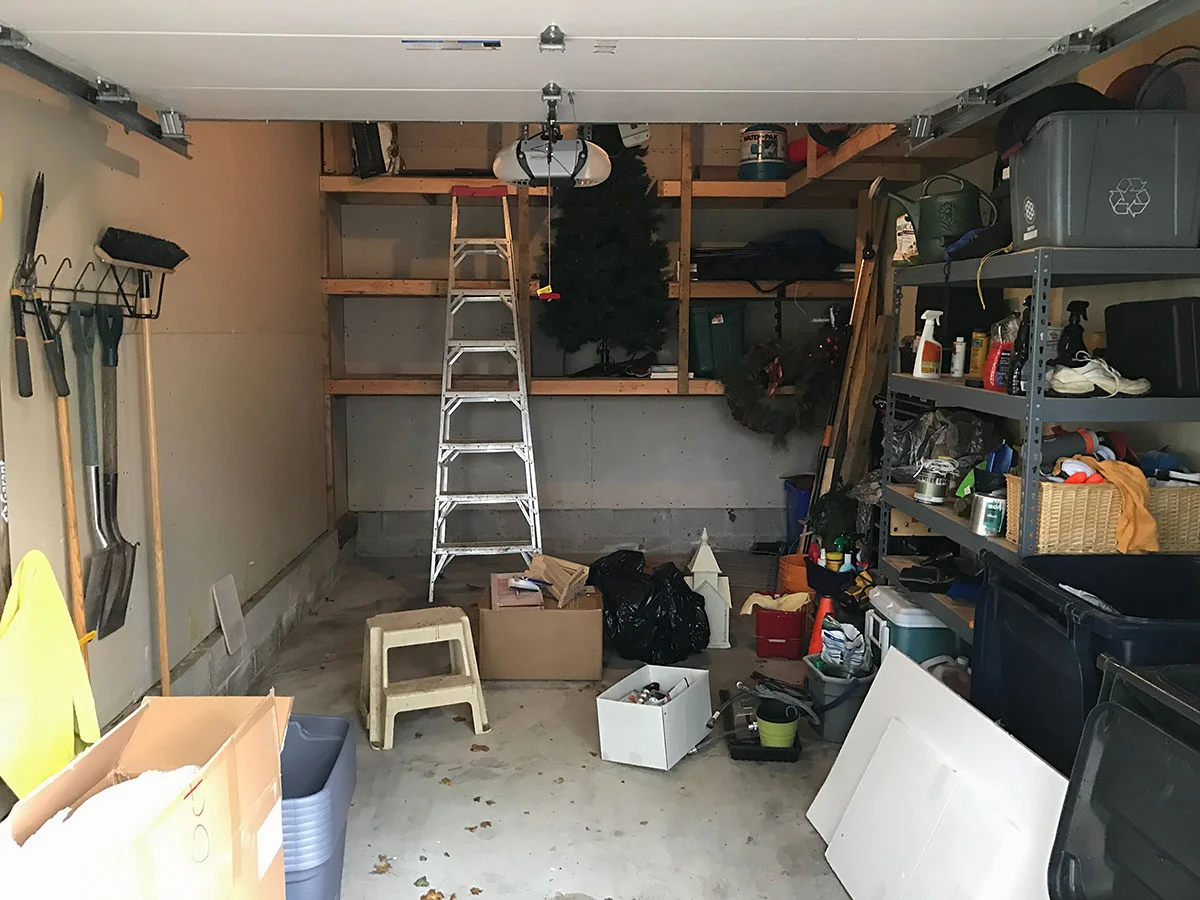





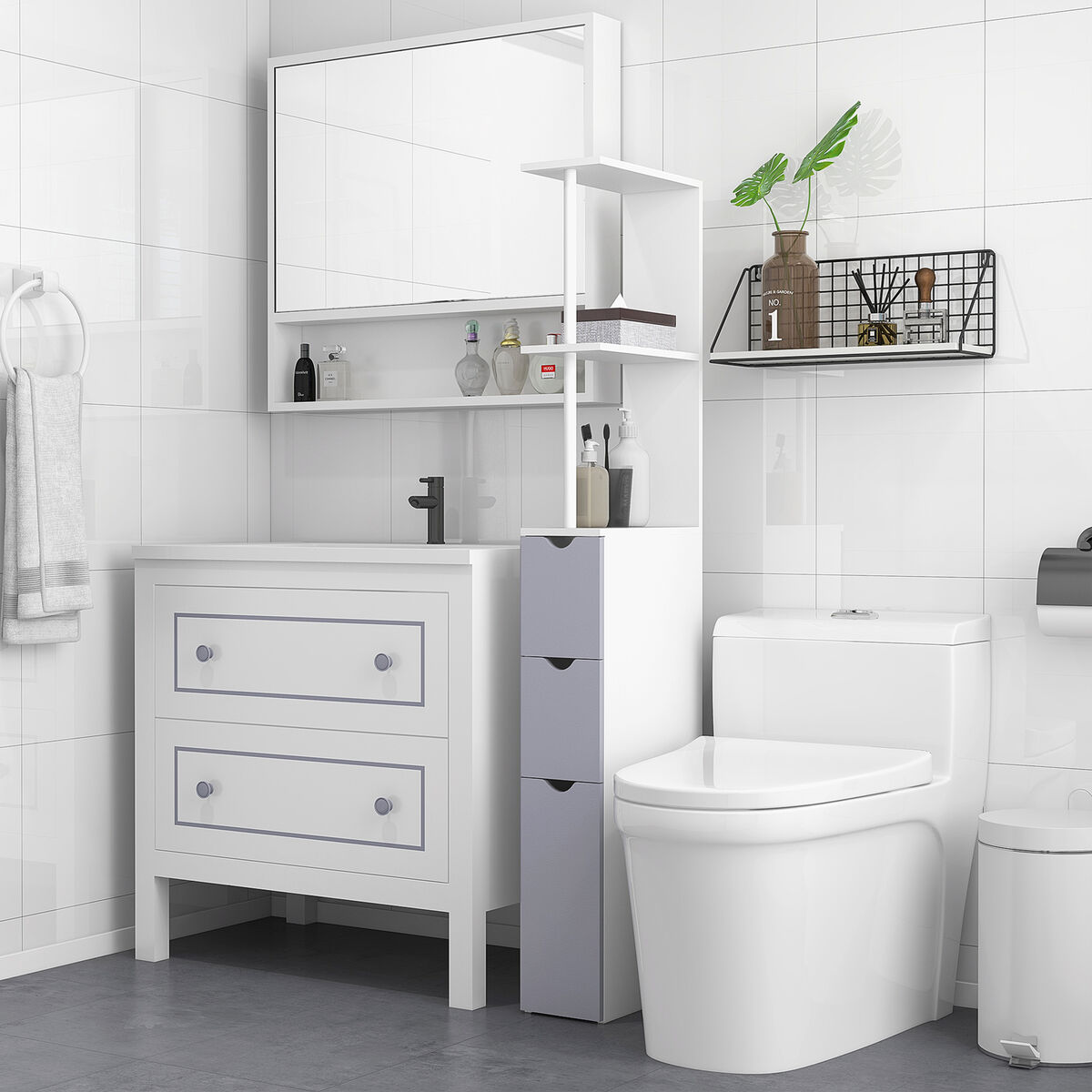
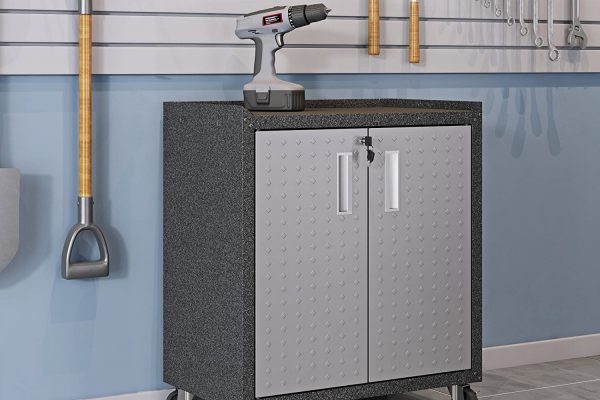

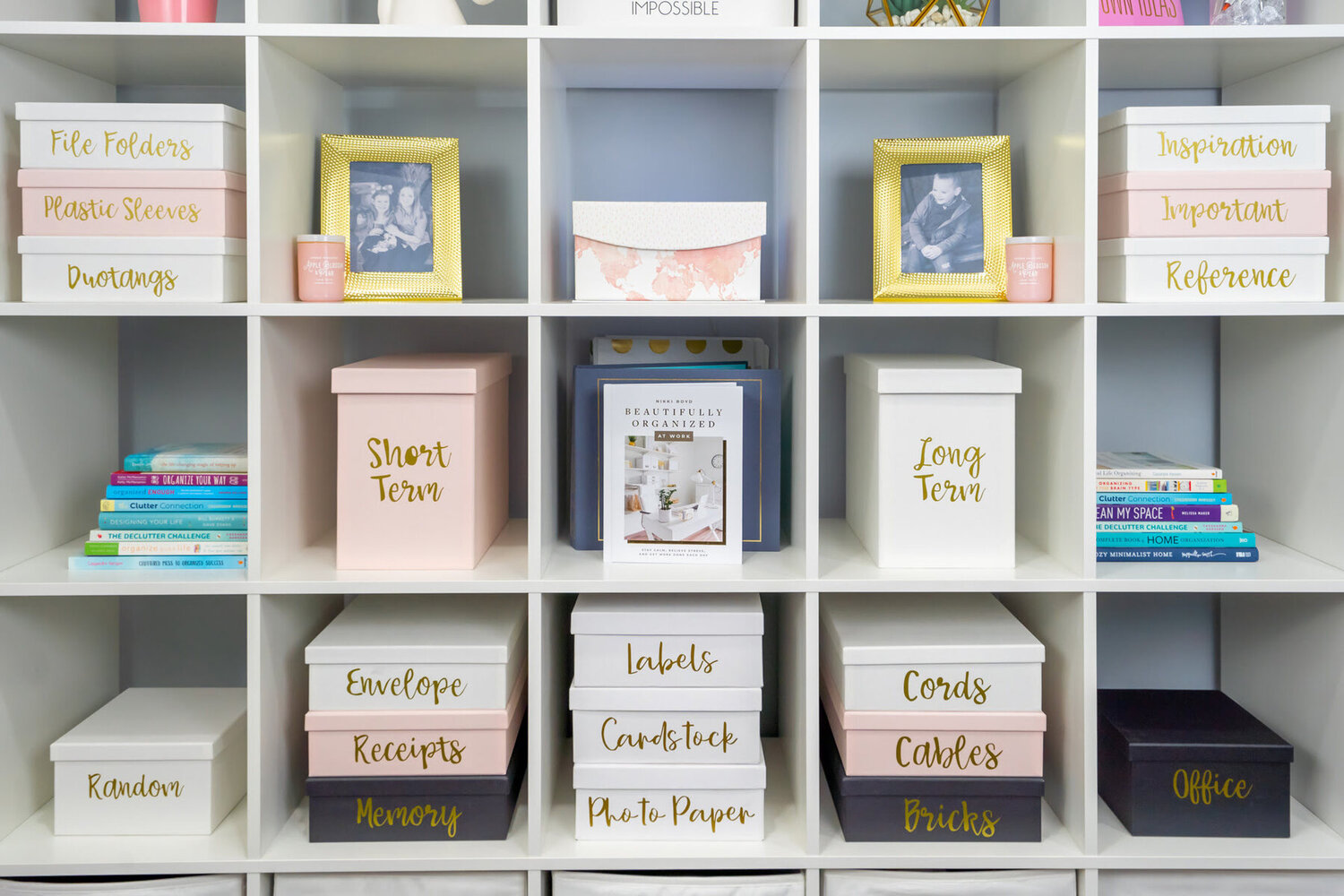

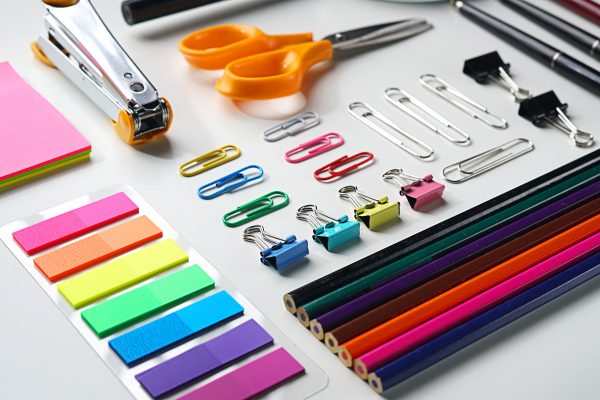



0 thoughts on “How To Organize Paperwork Clutter”